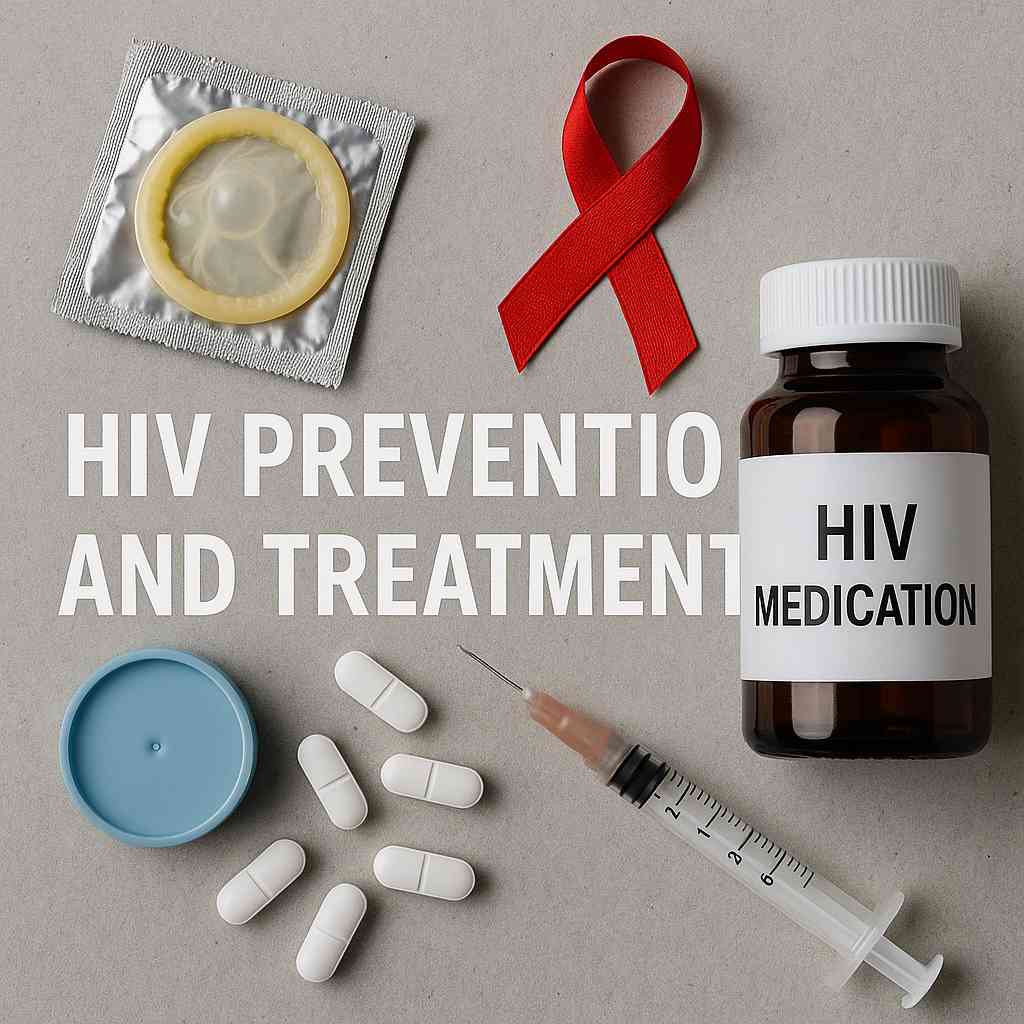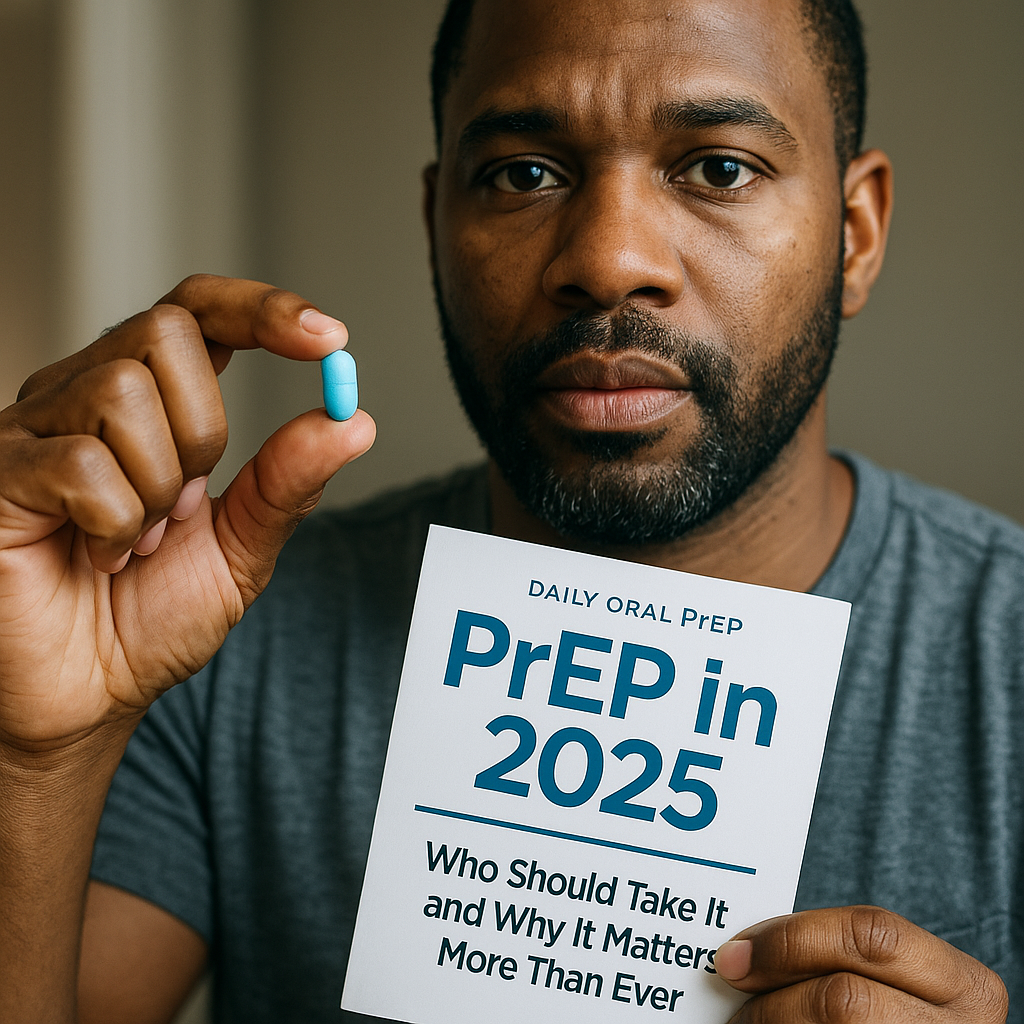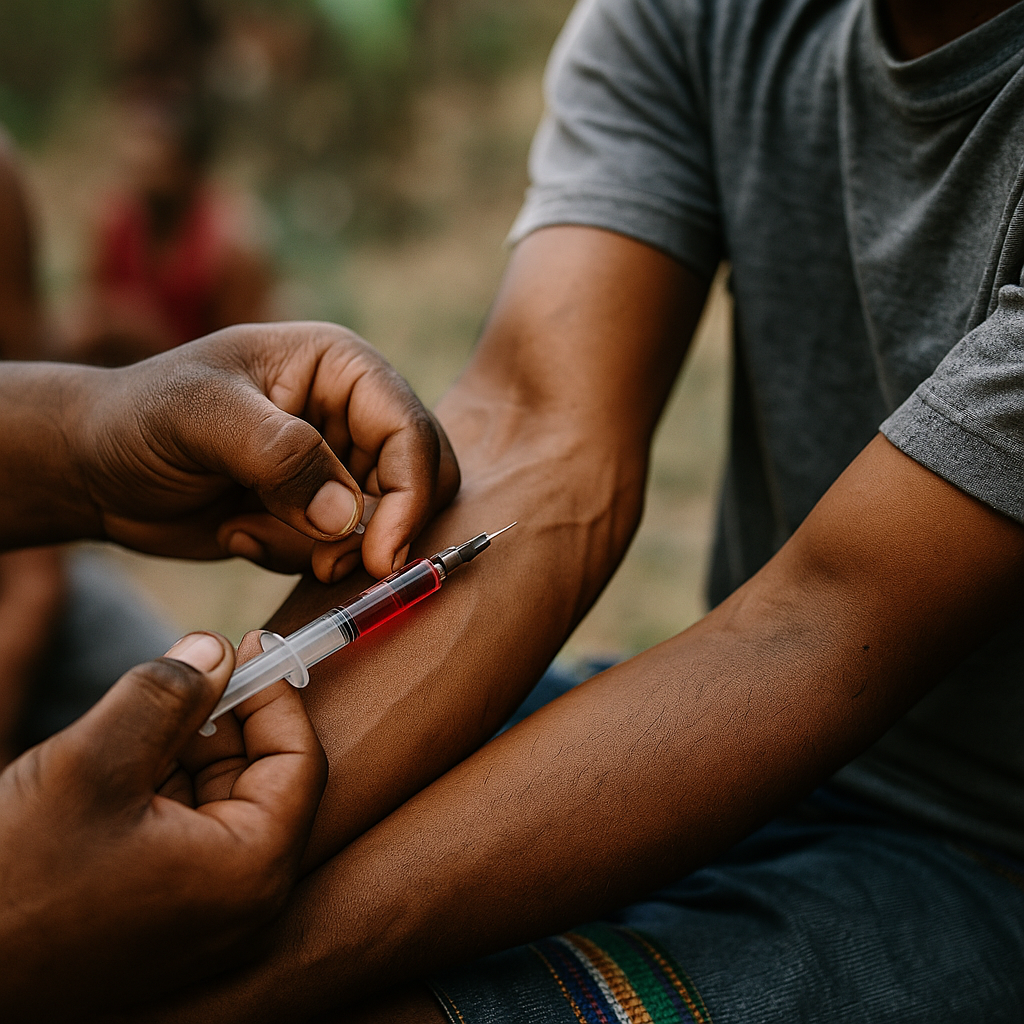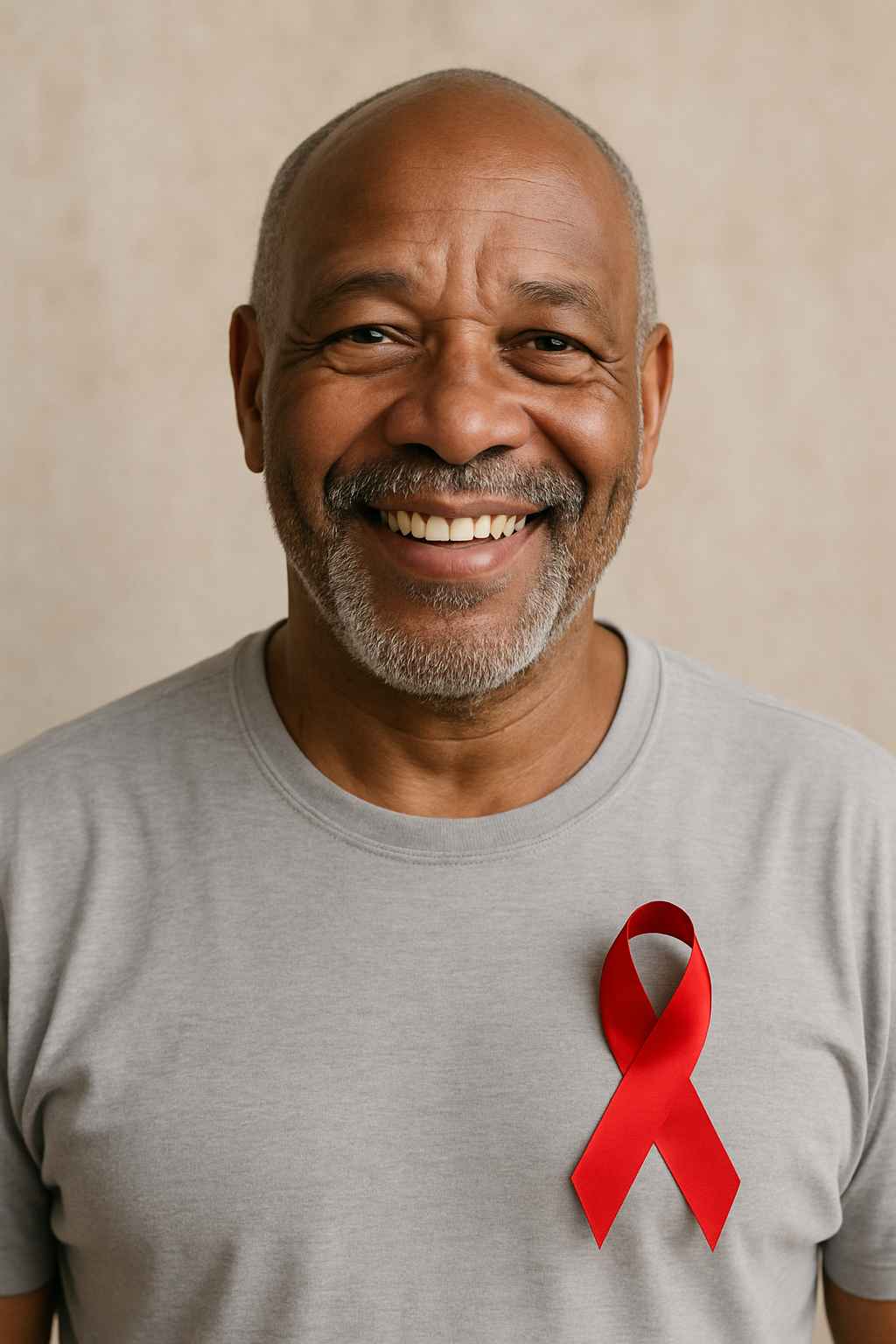Table of Contents
- Understanding HIV Today
- Breakthroughs in HIV Prevention
- Modern Advances in HIV Treatment
- Support Systems for Living and Thriving
- Conclusion
- Frequently Asked Questions
Understanding HIV Today
HIV prevention and treatment have transformed dramatically over the past three decades. Once considered a devastating diagnosis, HIV is now a manageable chronic condition when treated effectively. But what does this mean for individuals and communities? It means prevention is stronger, treatment is simpler, and people with HIV can thrive like never before. HIV attacks the immune system, targeting CD4 cells that help defend the body from infections. If left untreated, it can progress to AIDS. However, with today’s medical advancements, early testing and prompt care allow most people to live long, healthy lives. Understanding both prevention and treatment is essential for reducing stigma and promoting wellness worldwide.
Breakthroughs in HIV Prevention
HIV prevention has advanced far beyond condoms alone. A major game-changer is pre-exposure prophylaxis (PrEP), a daily pill or long-acting injection that can reduce the risk of acquiring HIV by over 90%. Another important option is post-exposure prophylaxis (PEP), taken within 72 hours of potential exposure to lower the chance of infection. Healthcare providers recommend routine HIV testing as part of prevention strategies, since knowing your status is key to protecting yourself and your partners. Public health campaigns have also focused on education and stigma reduction, encouraging open discussions about safe practices. Community efforts have also expanded access to harm-reduction programs, providing clean syringes and safe spaces for people who use injectable drugs. Together, these measures empower individuals to take control of their health. For personalized medical advice, consider visiting Healthcare.pro to connect with experienced providers.
Modern Advances in HIV Treatment
HIV treatment has seen incredible breakthroughs, especially with antiretroviral therapy (ART). ART suppresses the virus, allowing the immune system to recover and lowering viral load to undetectable levels. This leads to the groundbreaking concept of U=U (Undetectable = Untransmittable)—meaning people who maintain an undetectable viral load cannot sexually transmit HIV. Today’s ART regimens are simpler, often requiring just one pill a day. Popular branded medications include Biktarvy, Triumeq, and Dovato, each combining multiple drugs into one tablet for convenience. For those seeking alternatives, long-acting injectable treatments such as Cabenuva allow dosing every one to two months. Regular doctor visits and lab monitoring remain important to track viral load and CD4 counts. Starting treatment as soon as possible after diagnosis is now the global standard of care. These advances mean that HIV no longer has to limit a person’s goals, career, or relationships.
Support Systems for Living and Thriving
Living well with HIV requires more than medication. Mental health, peer support, and strong community networks are just as vital. Many individuals experience anxiety, stigma, or depression after diagnosis, but support systems can make a life-changing difference. Support groups—both in-person and online—offer safe spaces to share experiences and find encouragement. National and local organizations provide education, advocacy, and resources for people living with HIV. Websites like TheBody.com offer a wealth of information and community forums to help individuals feel connected. Employers and schools are also becoming more inclusive, adopting anti-discrimination policies that protect people with HIV. These changes foster environments where individuals can thrive openly and confidently. Most importantly, self-care practices such as exercise, healthy eating, and mindfulness contribute to long-term well-being. When combined with treatment, these habits allow people with HIV to lead full, meaningful lives.
Conclusion
HIV prevention and treatment have made extraordinary progress, shifting the outlook from fear to hope. Breakthroughs in PrEP, ART, and support systems mean people living with HIV can truly thrive. By staying informed, accessing treatment, and embracing community support, individuals can enjoy long, healthy, and empowered lives.
Frequently Asked Questions
What is the most effective way to prevent HIV?
The most effective prevention methods include PrEP, condom use, regular HIV testing, and harm-reduction strategies for people who inject drugs.
Can HIV be cured?
Currently, HIV cannot be cured, but it can be controlled with antiretroviral therapy. Research into a potential cure is ongoing.
What does U=U mean?
U=U stands for “Undetectable = Untransmittable,” meaning people with an undetectable viral load cannot sexually transmit HIV.
Is HIV treatment accessible worldwide?
Access varies by region, but global initiatives are working to improve availability. Many countries now offer free or low-cost ART.
Can someone with HIV live a normal lifespan?
Yes. With effective treatment and consistent care, people with HIV can live long, healthy lives similar to those without HIV.
This content is not medical advice. For any health issues, always consult a healthcare professional. In an emergency, call 911 or your local emergency services.




